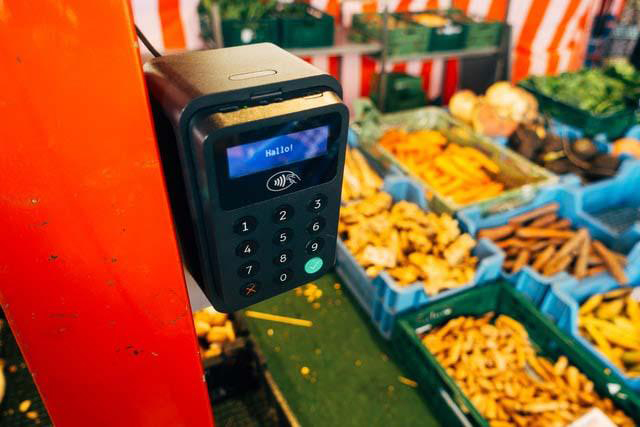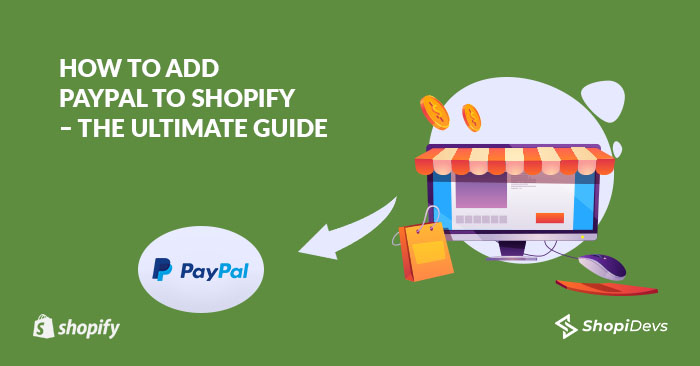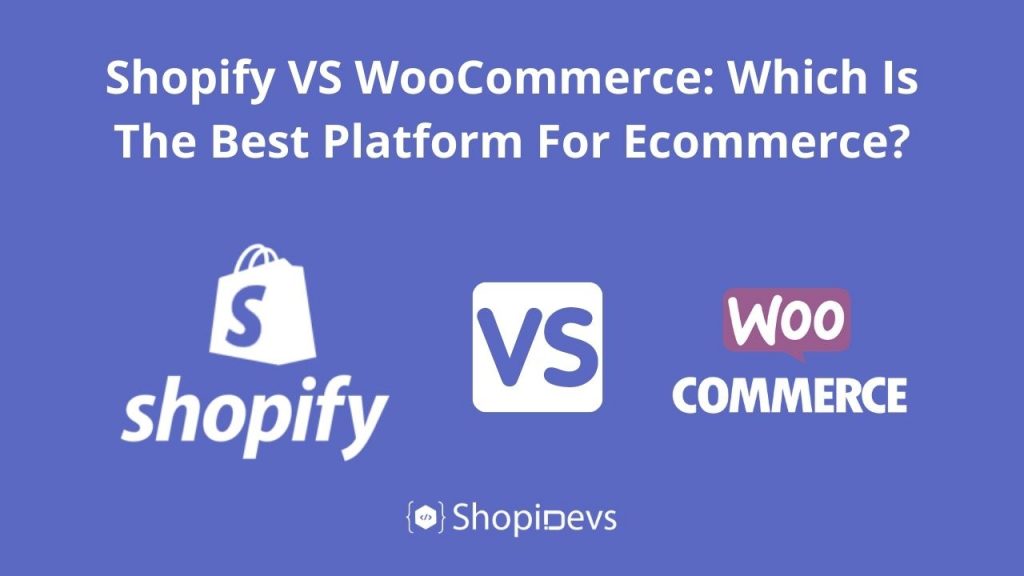Before the launch, every Shopify merchant has to make an important decision as to which payment service providers should be integrated. In addition to Shopify Payments, PayPal is clearly one of the favorites – especially on the part of your customers. Here we will discuss how to link PayPal to Shopify for payment issues.
Thanks to the simple and user-friendly processing, the provider has become an indispensable part of eCommerce. But in addition to the advantages on the customer side, some merchants are annoyed about the disadvantages of the payment service compared to the cheaper Shopify Payments.

PayPal in eCommerce
Payment with the world’s most popular online system is straightforward for every buyer and takes just a few seconds. The aspect of security is at least as important for you as a seller. Because PayPal seller protection prevents a customer from being able to easily cancel the payment made. However, merchants always focus on one major disadvantage of PayPal: the fees. Every seller who offers PayPal as a payment method to his customers must pay a portion of the invoice amount and a fixed fee. This is a real cost factor, especially with comparatively cheap products. The basic fee for the payee is initially 2.49 percent plus 0.41 dollars per executed transaction. However, PayPal also offers merchant conditions for sellers. With a monthly transaction volume between 5,000 and 25,000 dollars, fees are only 1.99 percent, for over 100,000 dollars per month 1.49 percent. The transaction fee of $0.41 remains, however. The actual can find an overview of the PayPal merchant conditions here.
PayPal to Shopify is One of the Most Popular Payment Methods
PayPal is one of the standard payment providers at Shopify and has now established itself as one of the most frequently used services on the platform. With the well-known online payment service, you as a Shopify user have the option of having your customers pay via bank accounts, credit cards, or PayPal credit. When you open your own shop, Shopify creates a PayPal Express Checkout account for you, which is linked to the email address you used to set up the shop beforehand. If you already have a corresponding account with PayPal, you do not have to do anything else. Otherwise, you should set up such an account for your shop so that you can also process refunds or record payments manually in the future. You can also activate so-called guest payments for your customers so that you can use your credit card if you do not have your own PayPal account. To do this, however, you also need to have a credit card on file in your PayPal account.
Do I Need a PayPal Business Account?
For commercial incoming payments via PayPal, a business account should always be set up first. Otherwise, it can happen that PayPal locks your private account for a long time, freezes your credit balance, and requests proof of a business. You don’t necessarily have to create a new account, you can simply convert your personal account into a business account. As soon as you have a business account, you have to give Shopify the authorizations for refunds and manual payments via PayPal.
The PayPal to Shopify integration also supports the following functions of the online payment service:
– PayPal Express: You receive an extensive order overview with detailed descriptions for all your sold items, you can accept payments immediately and offer your customers a fast payment process via the accelerated check-out.
– Venmo: Your US customers can make payments in your shop immediately on their mobile device via the Venmo app.
You Can Also Read: What Are The Best Practices For eCommerce Returns?
PayPal and Shopify – What Problems Can I Have?
Payout: PayPal has its own procedure to finally transfer the money from your customer to you. If you have problems with your Shopify payout with PayPal, you will need to contact your payment provider’s customer service.
The activation of your account cannot be completed: In order to activate PayPal as a payment method for your shop, the country of your shop must be the same as that of your PayPal account. You can easily adjust the country for your shop in the general Shopify settings.
Too many inquiries via PayPal: Receiving too many inquiries within a short period of time identifies PayPal as spam. Your account can be temporarily suspended. In this regard, you have to contact PayPal customer service again and you cannot rely on help from Shopify.
Shopify Payments
As a shop operator, Shopify Payments saves you from having to use a third-party payment option. You can manage all of your payment transactions and, once activated, offer your customers a smooth payment process in your online shop. In addition, there are no transaction fees and you still have a wide range of payment methods such as credit cards, or Klarna purchases on account for your customers – also internationally. This is also interesting for Shopify Plus retailers. Shopify Payments currently supports the following countries with the corresponding currencies: – Australia – Belgium – Denmark – Germany – Hong Kong – Ireland – Italy – Japan – Netherlands – New Zealand – Austria – Singapore – Spain – Sweden – United Kingdom – United States.
PayPal vs. Shopify Payments
PayPal has established itself as the most relevant and popular online payment provider on the net. Using PayPal can enormously increase the trustworthiness of your online shop in the eyes of your customers. The use is completely free for your customers and most buyers like to use the provider, which can potentially increase your sales opportunities. However, in addition to the PayPal fees that are incurred for each seller, you should also consider the fees for converting a currency by PayPal. This point is especially important for you as a Shopify seller if your customers come from abroad and pay in your shop with the corresponding foreign currency. The conversion fees for your business account with PayPal are always three percent above the current base exchange rate. With Shopify Payments, however, there are no additional transaction fees for you as a seller. It can also be a big advantage that you can always see your transactions directly on your Shopify dashboard. This gives you a simple overview of your earnings and you don’t always have to look at your PayPal, credit card, or bank account first. In addition, by using Shopify Payments, you save not only additional fees but also the integration of additional interfaces or software, which can potentially always cause problems. Especially when it comes to performance and presentation.
Conclusion
Integrating PayPal to Shopify is surely a good idea. But those who have customers that using Shopify payment can continue with this service. Hopefully, this article is helpful for you. If you have any queries then please feel free to notify us by giving comments in the comment box.
I’m a digital marketing expert and mobile app developer with a deep understanding of Shopify App Store optimization. I contribute insightful articles on Shopify to help businesses thrive online.



